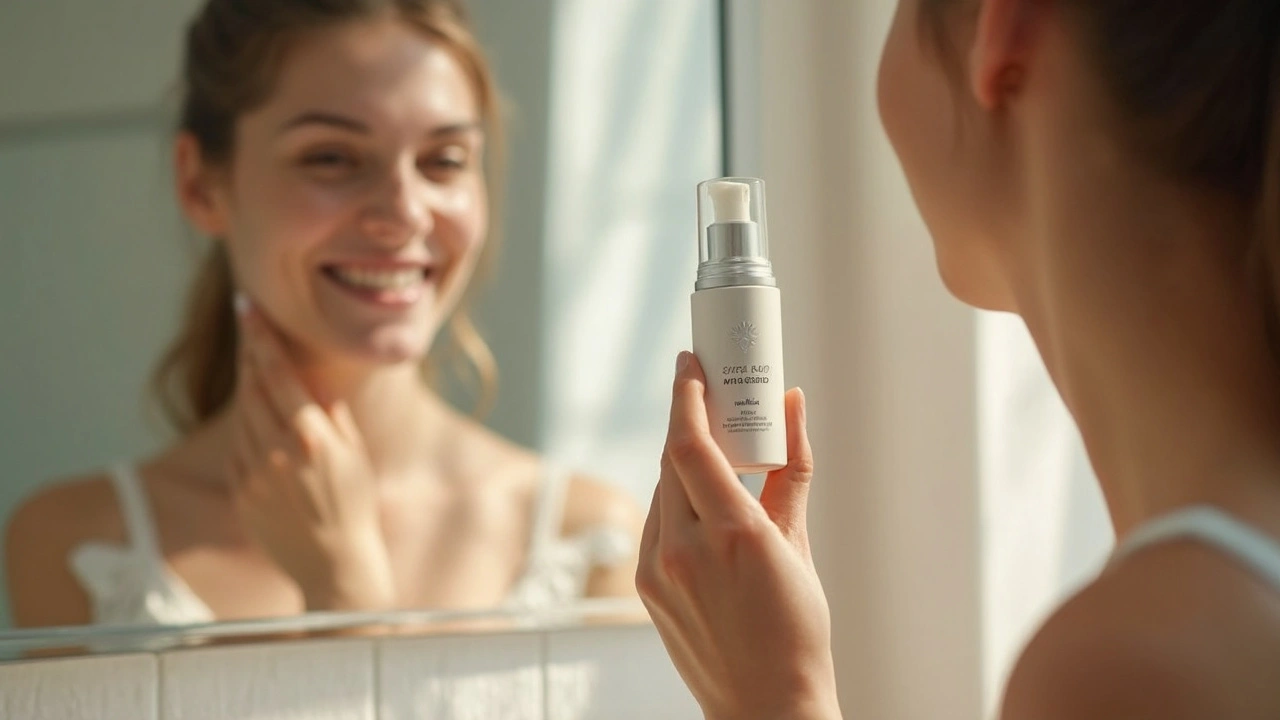Vitiligo Management: Practical Tips & Effective Treatments
If you have vitiligo, the white patches on your skin can feel like a constant reminder of something you can't control. The good news is there are many ways to handle it day by day and many treatments that actually work. Below you'll find clear steps you can start using right now.
Medical Treatment Options
The first place most people look is the doctor. Topical steroids are often prescribed for new patches because they can slow the loss of pigment. If steroids don’t help, a dermatologist might suggest a calcineurin inhibitor cream, which works without some of the side effects of steroids.
Light therapy (phototherapy) is another solid option. Narrow‑band UVB treatment shines specific light on the skin and can trigger melanin production in the affected areas. It usually requires multiple sessions each week for several months, but many users see noticeable repigmentation.
For stubborn spots, surgical methods like melanocyte transplantation are available. This involves taking healthy pigment cells from another part of your body and placing them into the white patches. It’s more invasive and pricey, so it’s usually a last resort.
If you prefer pills over creams, oral psoralen combined with UVA exposure (PUVA) can be effective, but it carries higher risk of side effects, so discuss it thoroughly with your doctor.
Lifestyle and Home Care
Beyond medical routes, everyday habits make a big difference. Protecting your skin from the sun is crucial because UV exposure can worsen patches. Use a broad‑spectrum SPF 30+ sunscreen daily, even if you’re indoors most of the time.
Gentle skincare helps too. Harsh soaps or scrubbing can irritate the skin and trigger more pigment loss. Choose fragrance‑free cleansers and pat your skin dry instead of rubbing.
A balanced diet rich in antioxidants may support skin health. Foods high in vitamin C, vitamin E, and beta‑carotene—like oranges, nuts, carrots, and leafy greens—give your body the tools it needs to repair cells.
Stress can flare vitiligo for some people. Simple stress‑busting activities such as short walks, breathing exercises, or a hobby you enjoy can keep cortisol levels down and may reduce new spot formation.
If you’re looking for natural options, try topical applications of coconut oil or turmeric paste. While the evidence is limited, many users report softer skin and less irritation. Always do a patch test first to avoid allergic reactions.
Finally, remember community matters. Joining an online support group or meeting locally can give you practical tips and emotional boost. Hearing how others manage daily life makes it easier to stay positive.
Managing vitiligo is a mix of medical care, smart skin habits, and mental well‑being. Start with the basics—protect from sun, use gentle products, talk to your dermatologist about the right treatment plan—and build on that foundation. Over time you’ll find the combination that works best for you.

Azelaic Acid for Vitiligo: Benefits, Science, and Real-Life Tips
May, 6 2025
